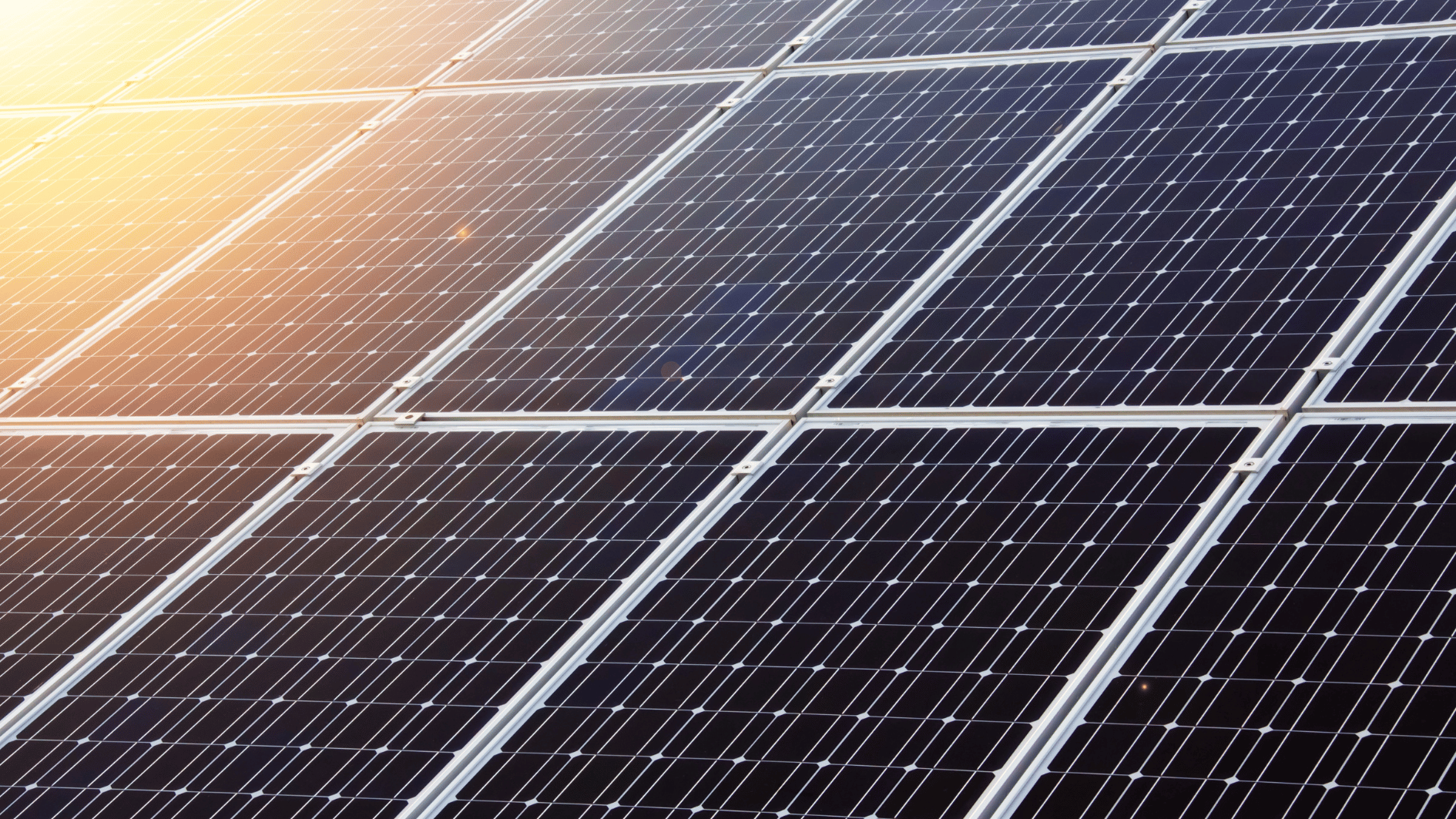Image source: Canva.com
Net metering has long been a crucial policy for solar customers, allowing them to receive credit for the excess electricity they send back to the grid. For many years, Louisiana residents enjoyed a favorable net metering structure that helped reduce the overall cost of going solar. However, recent changes to the state’s net metering policy have sparked concern among solar homeowners and those considering making the switch to renewable energy.
In this article, we’ll break down what these changes entail, how they affect existing and future solar customers, and what it means for the financial benefits of solar energy in Louisiana.
What Is Net Metering?
Before diving into the specific changes in Louisiana, it’s essential to understand how net metering works. Net metering is a billing mechanism that allows homeowners to send the excess electricity generated by their solar panels back to the grid. In return, they receive credits that offset the electricity they pull from the grid when their system isn’t generating enough power – like at night or during cloudy days.
Historically, net metering in Louisiana operated on a one-to-one credit system. Customers received a credit at the full retail rate for every kilowatt-hour (kWh) of solar energy exported. This policy significantly boosted the economics of residential solar, making it easier for homeowners to save on their electricity bills and shorten the payback period for their systems.

Net Metering: Your Guide to Solar Energy Billing
What Has Changed in Louisiana’s Net Metering Policy?
In 2019, the Louisiana Public Service Commission (LPSC) voted to change the state’s net metering structure for new solar customers. Here’s what the new policy looks like:
Switch to Avoided Cost Rate for Excess Power
- Under the new net metering rules, solar customers no longer receive the full retail rate for excess electricity they send to the grid.
- Instead, they are compensated at the avoided cost rate—the rate utilities would pay to produce or purchase power from other sources. This rate is substantially lower, typically around one-third of the retail rate.
- Homeowners can still offset the electricity they consume in real time with the power their solar panels produce, effectively receiving the retail rate for immediate usage.
- However, any excess energy exported to the grid is credited at the lower avoided cost rate.
Full Retail Credit for Onsite Usage Only
Applicability
- The changes apply to new solar customers who installed systems after the new rules took effect in January 2020.
- Existing net metering customers were initially grandfathered in under the old rules, meaning they continue to receive full retail credit until 2035 or until they change their system size.
- Solar customers will now see lower credits for exported energy on their monthly bills, making it less financially attractive to send surplus power to the grid.
Impact on Monthly Billing
Why Does This Matter?
For prospective solar customers in Louisiana, these changes have a significant impact on the economics of going solar. Here’s why:
- Reduced Savings Potential:
- The switch to the avoided cost rate means that new solar customers will see much lower compensation for the power they send to the grid. While they still save on electricity they use directly, the overall financial return from installing solar will be lower compared to the previous policy.
- Longer Payback Periods:
- With reduced credits, the time it takes to recoup the upfront investment of installing a solar system will increase. This can make solar less attractive for homeowners who are looking for a quick return on investment.
- System Sizing Considerations:
- The new policy encourages homeowners to size their systems more accurately to meet their own energy needs without exporting too much to the grid. Oversizing a system is no longer as beneficial because excess generation earns minimal credit.
- Potential Impact on Louisiana’s Solar Market:
- Industry advocates have expressed concern that the changes could stifle the growth of Louisiana’s residential solar market. Fewer financial incentives might discourage homeowners from installing solar, impacting the state’s progress toward clean energy goals.
How Does Louisiana Compare to Other States?
Louisiana’s transition to the avoided cost rate is part of a broader trend across the U.S. as states reassess their net metering policies. While some states, like California, have adopted more complex structures (e.g., net billing under NEM 3.0), others have retained the traditional one-to-one net metering framework.
The shift in Louisiana reflects growing concerns from utility companies about the financial sustainability of the original net metering model. Utilities argue that paying the full retail rate for excess solar generation puts a strain on their financial resources and can lead to higher costs for non-solar customers. However, for solar advocates, these changes represent a step backward for renewable energy adoption.

Understanding Net Metering and Net Billing
What Can Louisiana Homeowners Do to Optimize Their Investment?
If you’re considering going solar in Louisiana, it’s essential to understand how the new rules affect your potential savings. Here are a few strategies to optimize your investment:
Right-Size Your System
Since excess energy earns less credit, it’s more important than ever to accurately size your solar system to match your household’s electricity needs. This reduces the amount of surplus power sent to the grid.
Incorporate Battery Storage
Adding a battery storage system can help you store excess energy for use during the evening or grid outages. This minimizes the need to export energy at a lower rate and maximizes your self-consumption.
Explore Time-of-Use (TOU) Plans
Some utilities offer TOU rate plans, where electricity prices vary depending on the time of day. Pairing a TOU plan with a solar-plus-storage system can help you use your solar power when grid electricity is more expensive.
Take Advantage of Other Incentives
While the net metering policy has changed, homeowners can still benefit from the federal Residential Clean Energy Credit, which provides a 30% tax credit for the cost of installing solar systems.
The Future of Solar in Louisiana
Louisiana’s net metering changes are a reminder of how quickly solar policies can evolve. As more states revisit their net metering structures, it’s critical for homeowners to stay informed about policy shifts and understand how they affect the long-term value of solar investments.
While the changes reduce the financial return for new solar customers, Louisiana still has strong solar potential due to its abundant sunshine and supportive federal incentives. Homeowners who take a strategic approach to system sizing, self-consumption, and energy storage can still make solar a worthwhile investment.
The key is to adapt to the new policy landscape, ensuring that your solar installation continues to deliver energy savings and contribute to a cleaner, more sustainable future for Louisiana.





